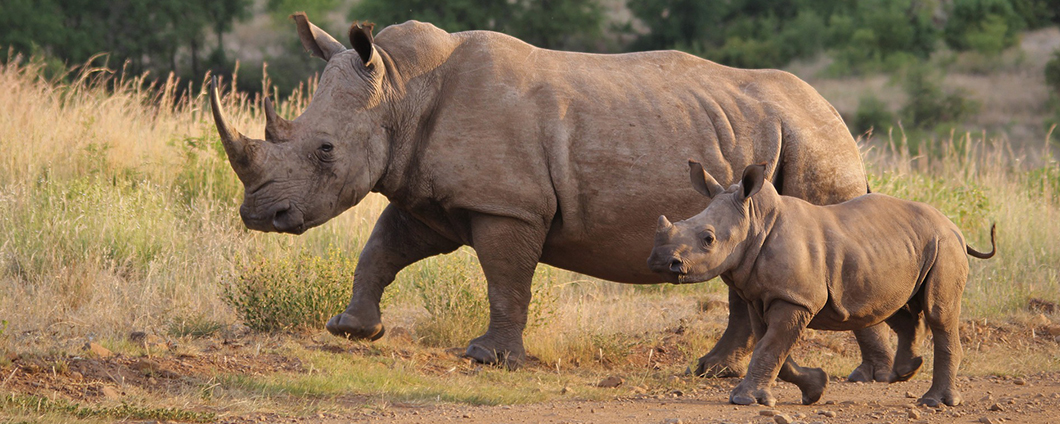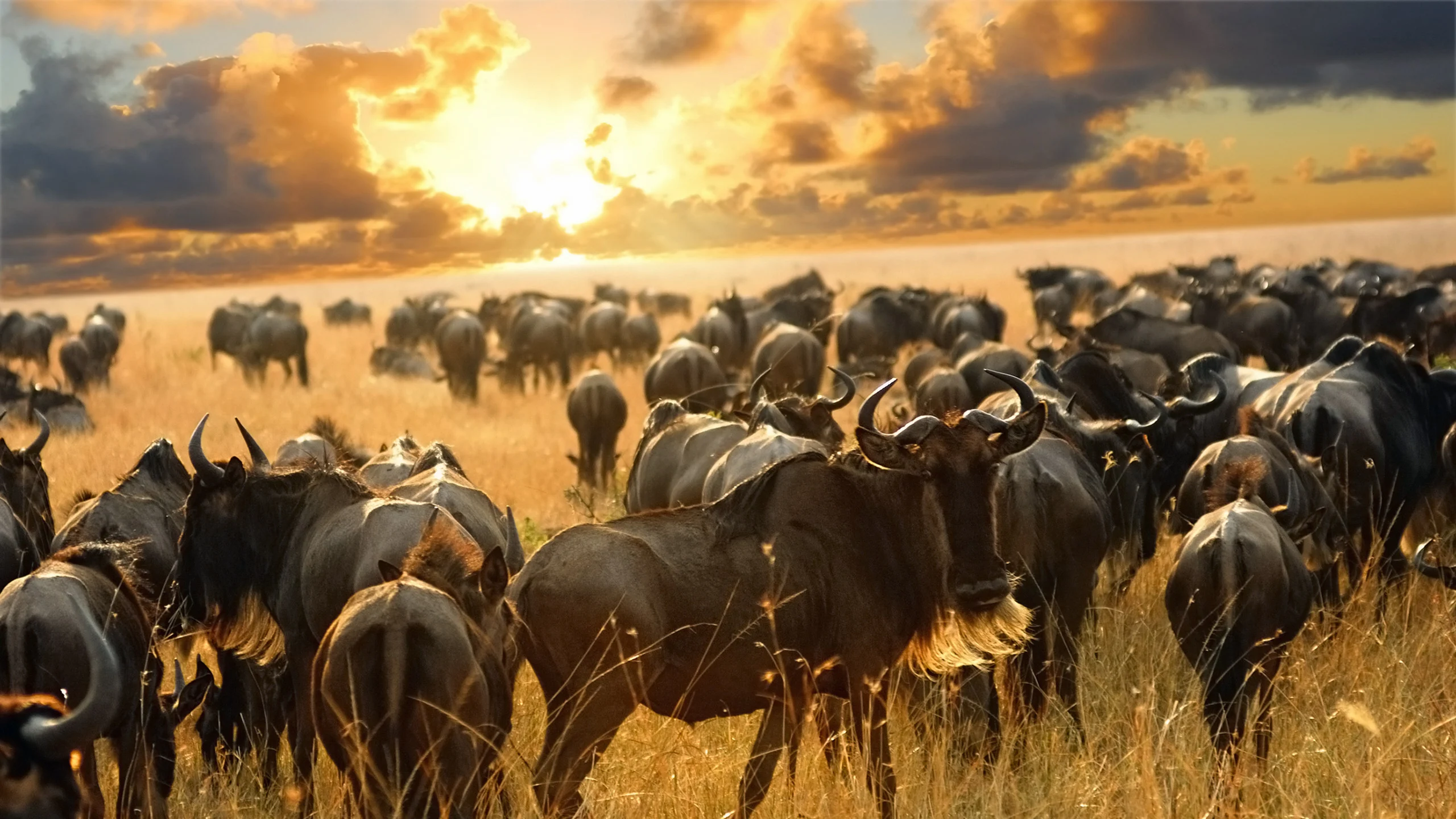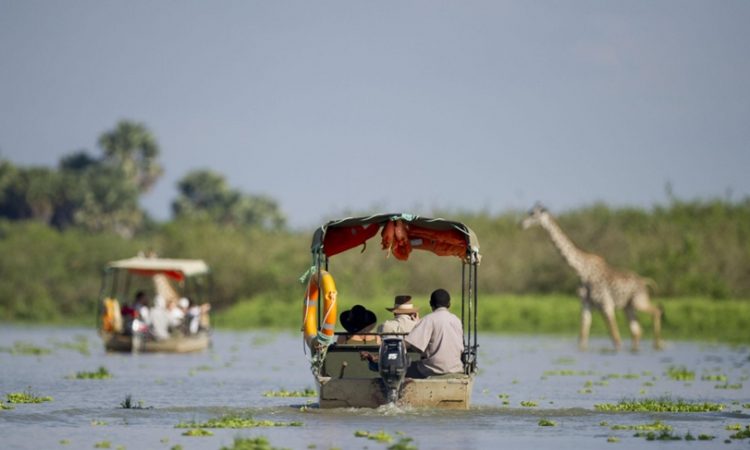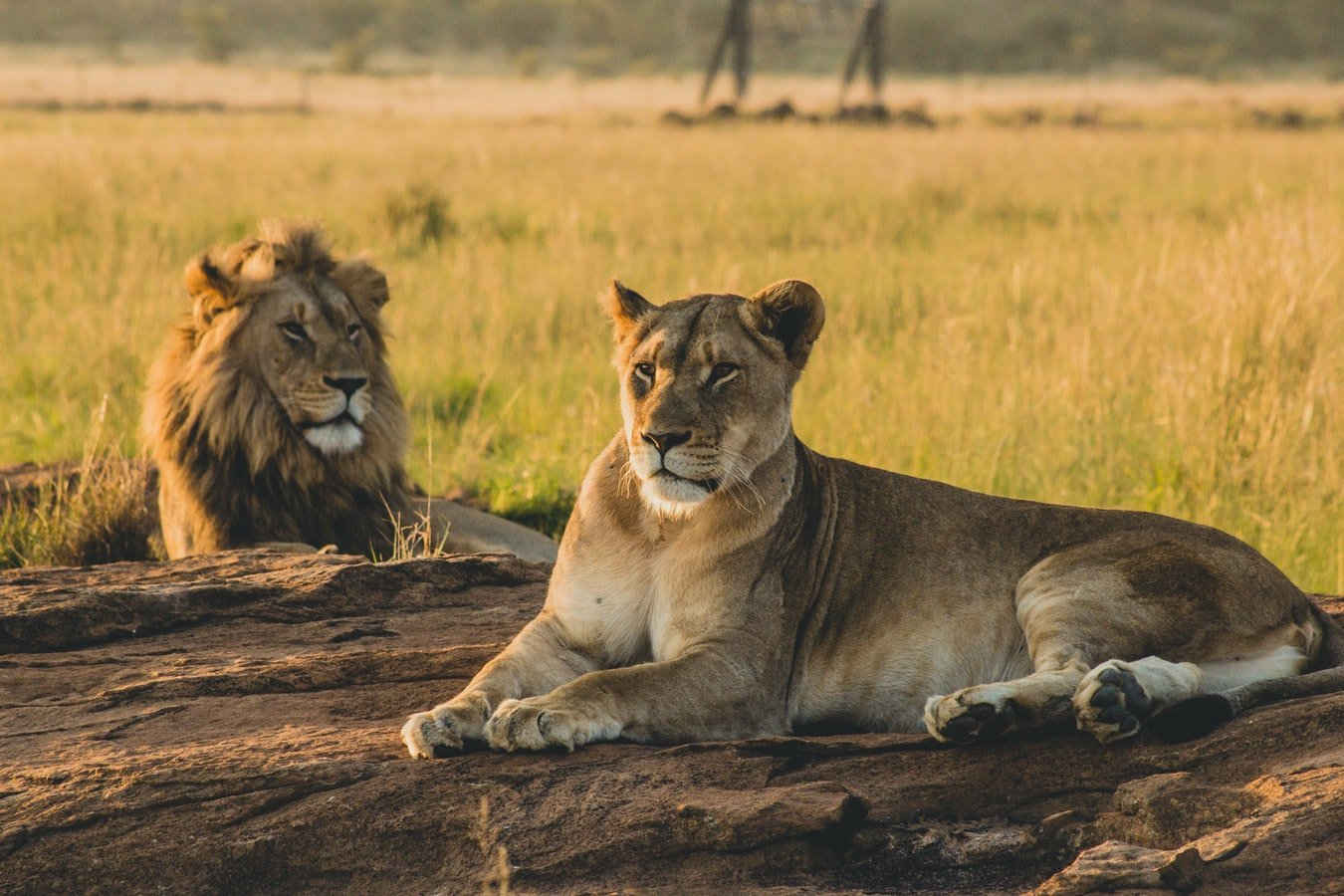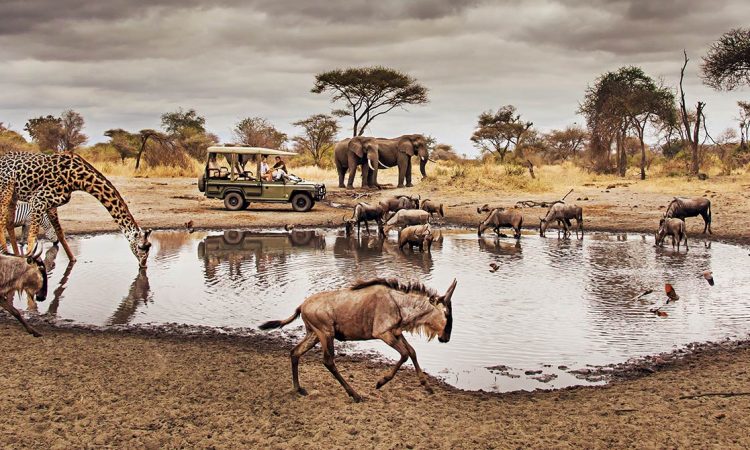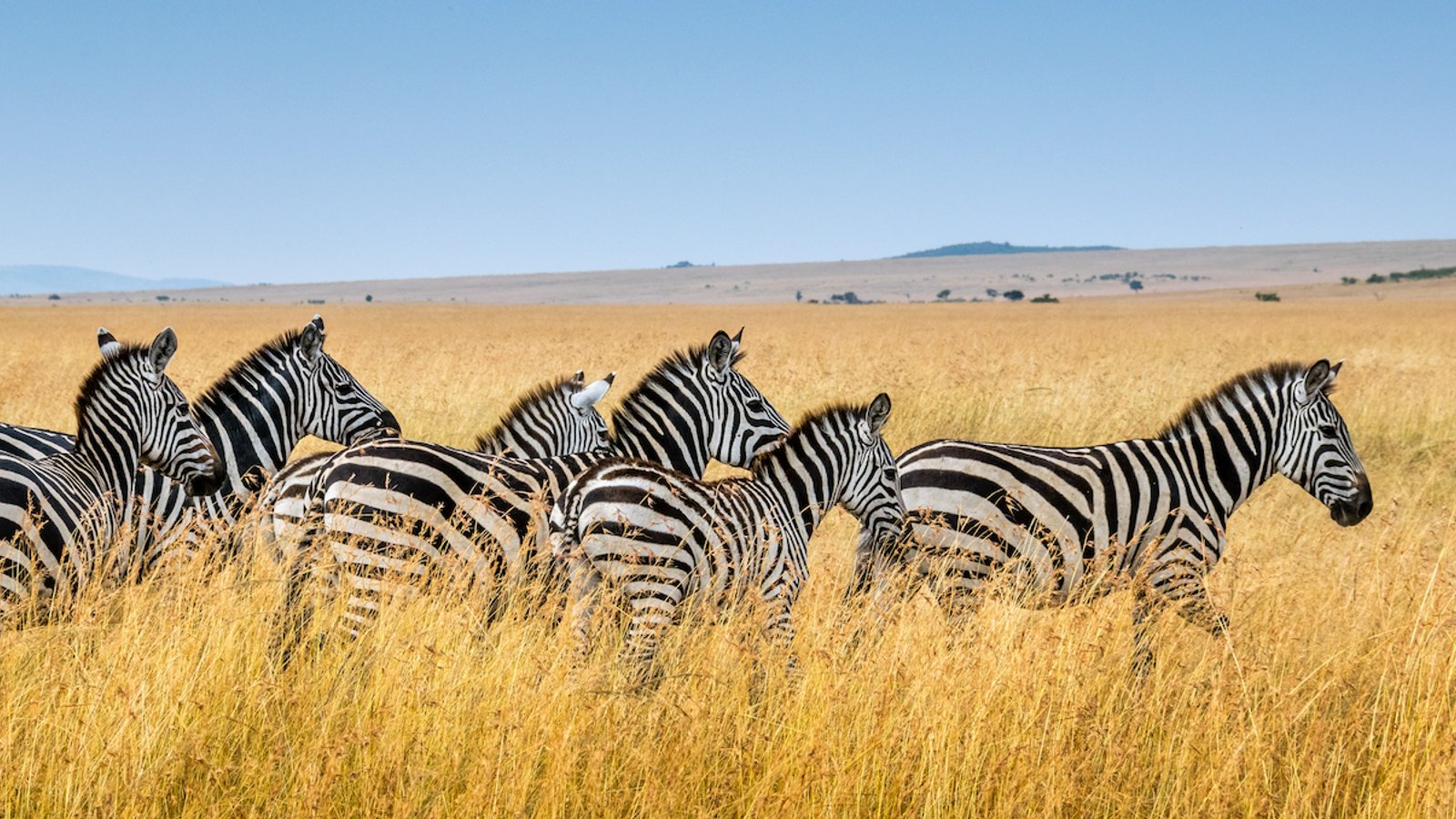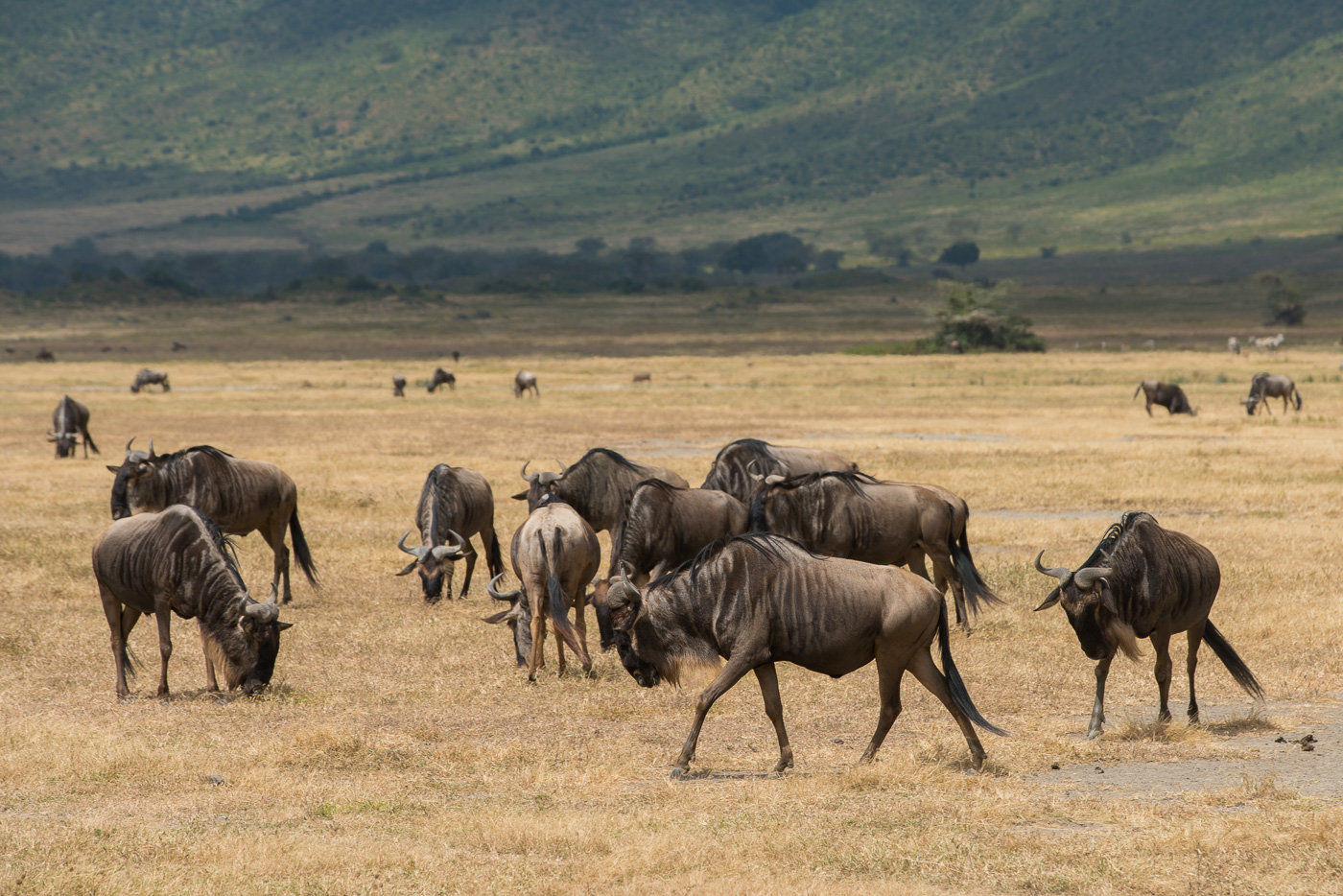In the vast savannahs and dense woodlands of Africa, two iconic species of rhinoceros, the white rhino and the black rhino, stand as symbols of the continent’s rich biodiversity and conservation challenges. While both species share similarities in appearance and habitat, they possess distinct characteristics and behaviors that set them apart. In this article, we delve into the differences between the white rhino and the black rhino, shedding light on their unique traits and the conservation efforts aimed at safeguarding their future in the wild.
1.Physical Characteristics:
White Rhino: Despite its name, the white rhino is not actually white but rather grayish-brown in color. It has a square-shaped mouth adapted for grazing on grass, and it is larger and heavier than the black rhino.
Black Rhino: The black rhino is smaller and more agile than its white counterpart. It has a pointed upper lip suited for browsing on leaves and twigs from bushes and trees. Its coloration tends to be darker, ranging from gray to black.
2.Habitat and Range:
White Rhino: White rhinos are primarily found in grassland and savannah habitats across southern and eastern Africa, including countries like South Africa, Zimbabwe, and Kenya.
Black Rhino: Black rhinos prefer dense vegetation and woodland areas, often inhabiting savannahs and shrub lands across eastern and southern Africa. They have a more limited range compared to white rhinos.
3.Behavior and Diet:
White Rhino: White rhinos are typically more sociable and gregarious, often forming loose groups known as crashes. They are grazers, feeding primarily on grasses, and have a more placid temperament.
Black Rhino: Black rhinos are solitary by nature and tend to be more aggressive and territorial. They are browsers, feeding on leaves, branches, and shoots from bushes and trees, using their prehensile lips to grasp vegetation.
4.Conservation Status:
White Rhino: The southern white rhino subspecies (Ceratotherium simum simum) has rebounded from near extinction thanks to successful conservation efforts, with populations increasing in protected areas and private reserves.
Black Rhino: The black rhino (Diceros bicornis) remains critically endangered due to habitat loss, poaching for its horn, and human-wildlife conflict. Despite conservation efforts, populations are still far below historical numbers.
5.Conservation Challenges:
Both white and black rhinos face ongoing threats from habitat loss, poaching for their horns, and human encroachment. Effective conservation strategies include anti-poaching efforts, habitat protection, community engagement, and demand reduction campaigns targeting illegal wildlife trade.
Conclusion:
The white rhino and the black rhino are emblematic species of African wildlife, each possessing unique adaptations and ecological roles within their respective habitats. While the white rhino has seen population recoveries in some areas, the black rhino remains critically endangered, facing significant conservation challenges. By understanding the differences between these two magnificent species and supporting conservation initiatives, we can work towards ensuring a future where both white and black rhinos thrive in the wild for generations to come
